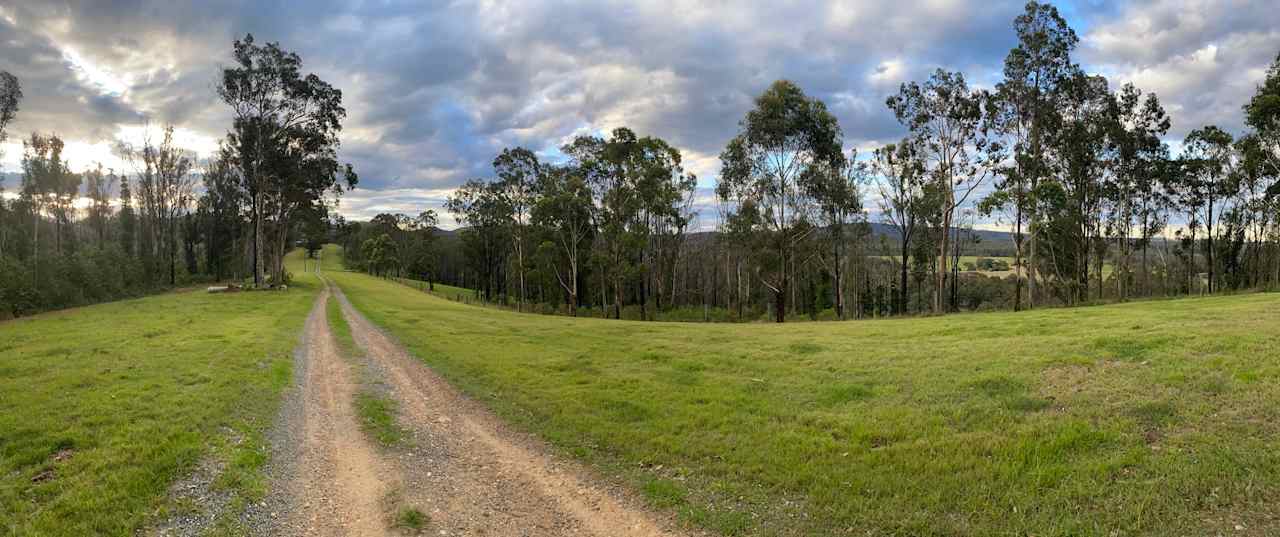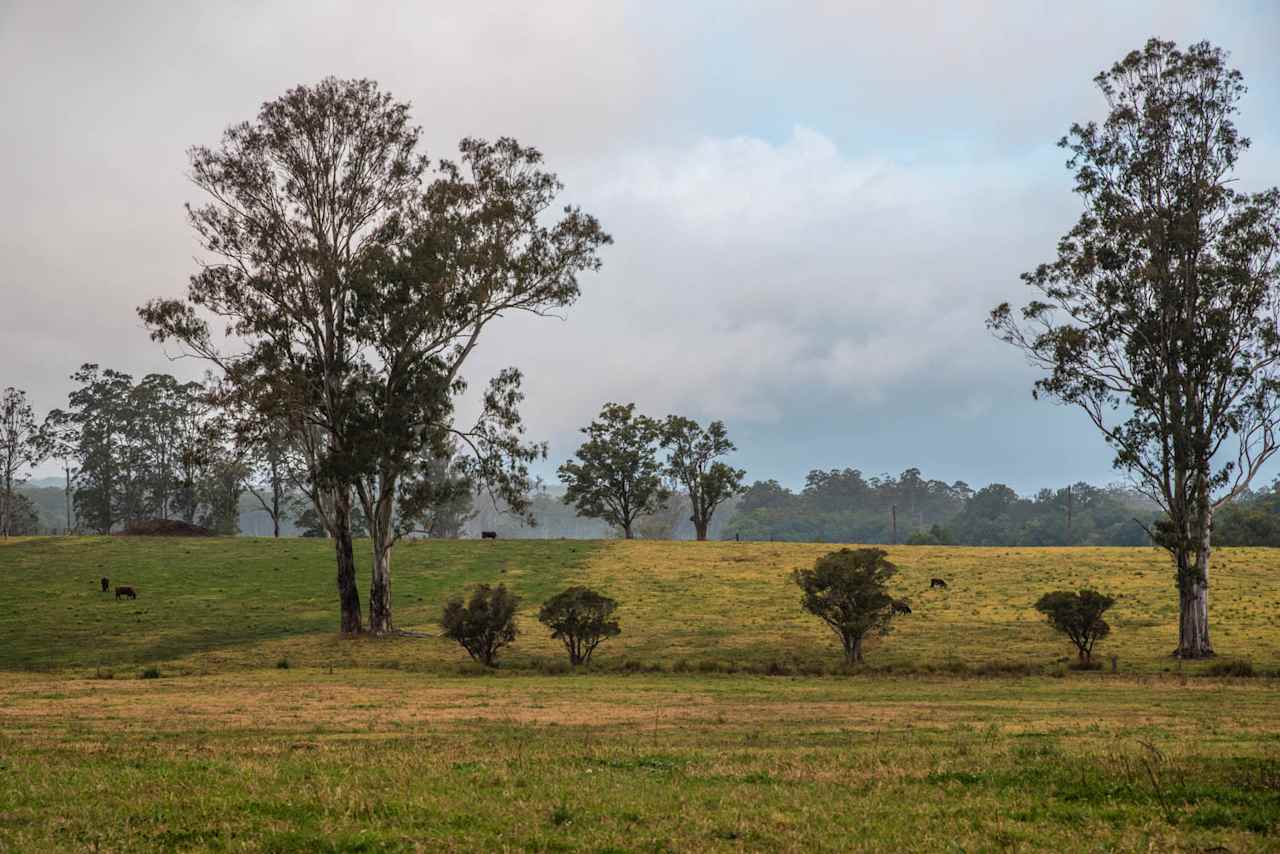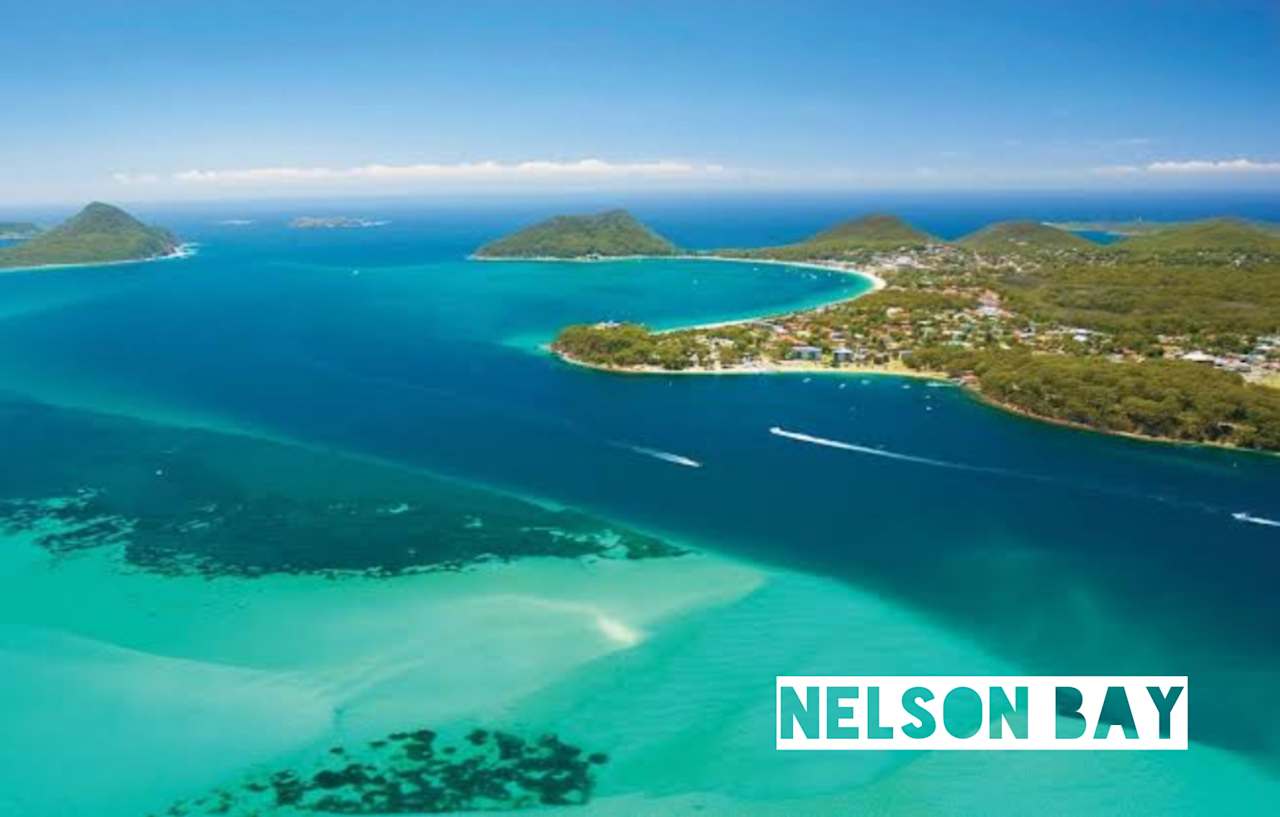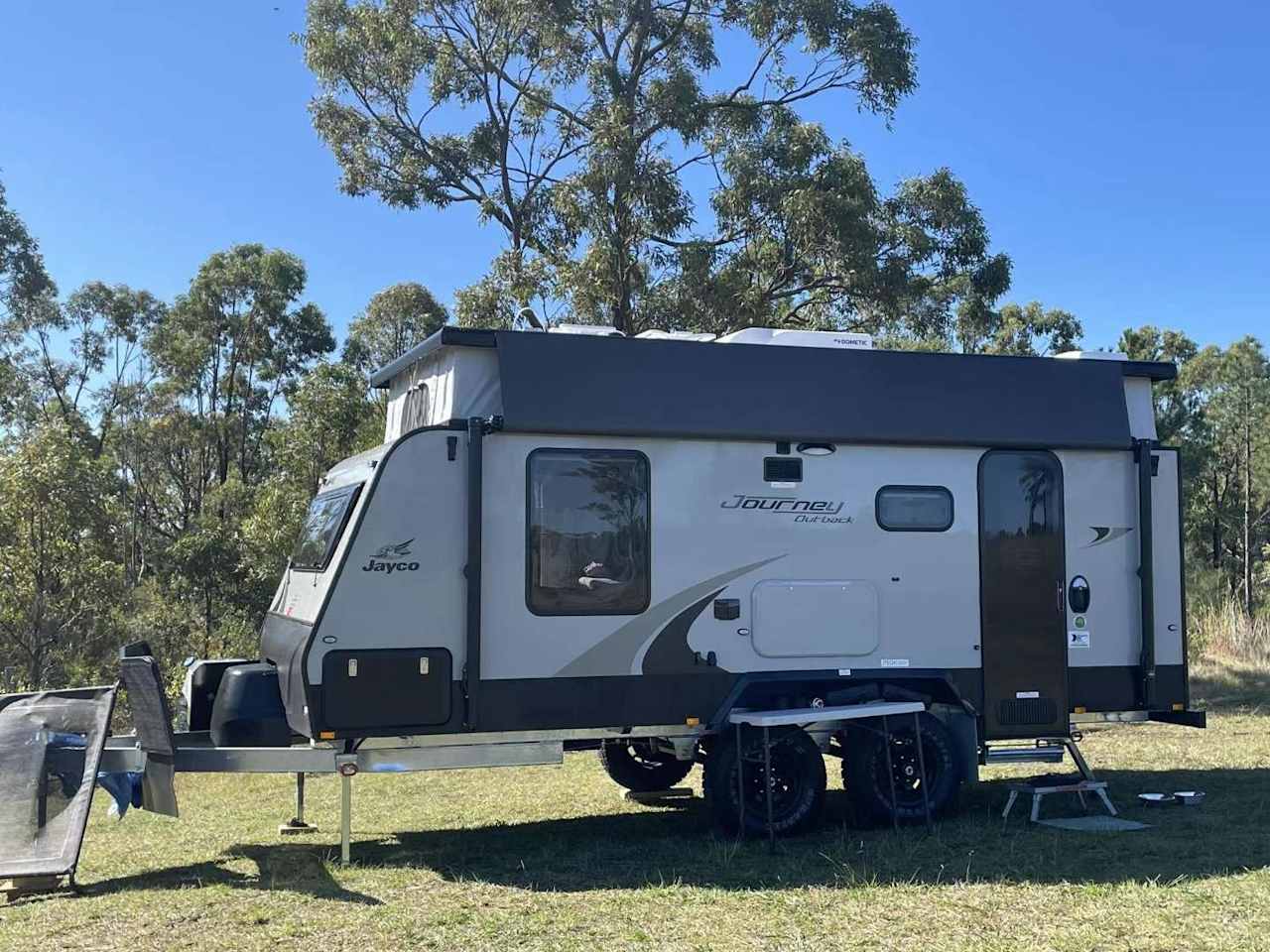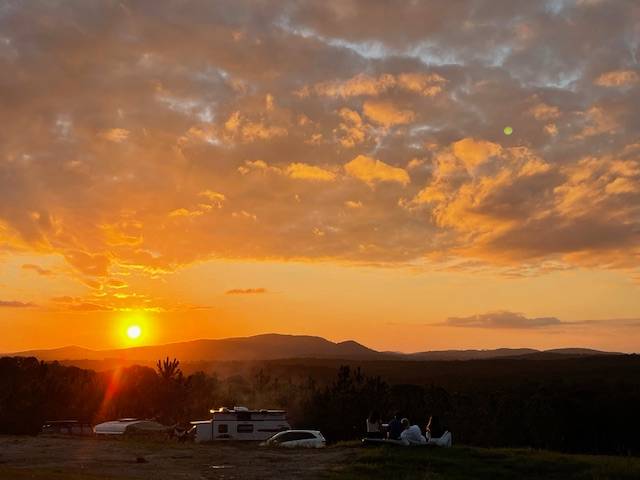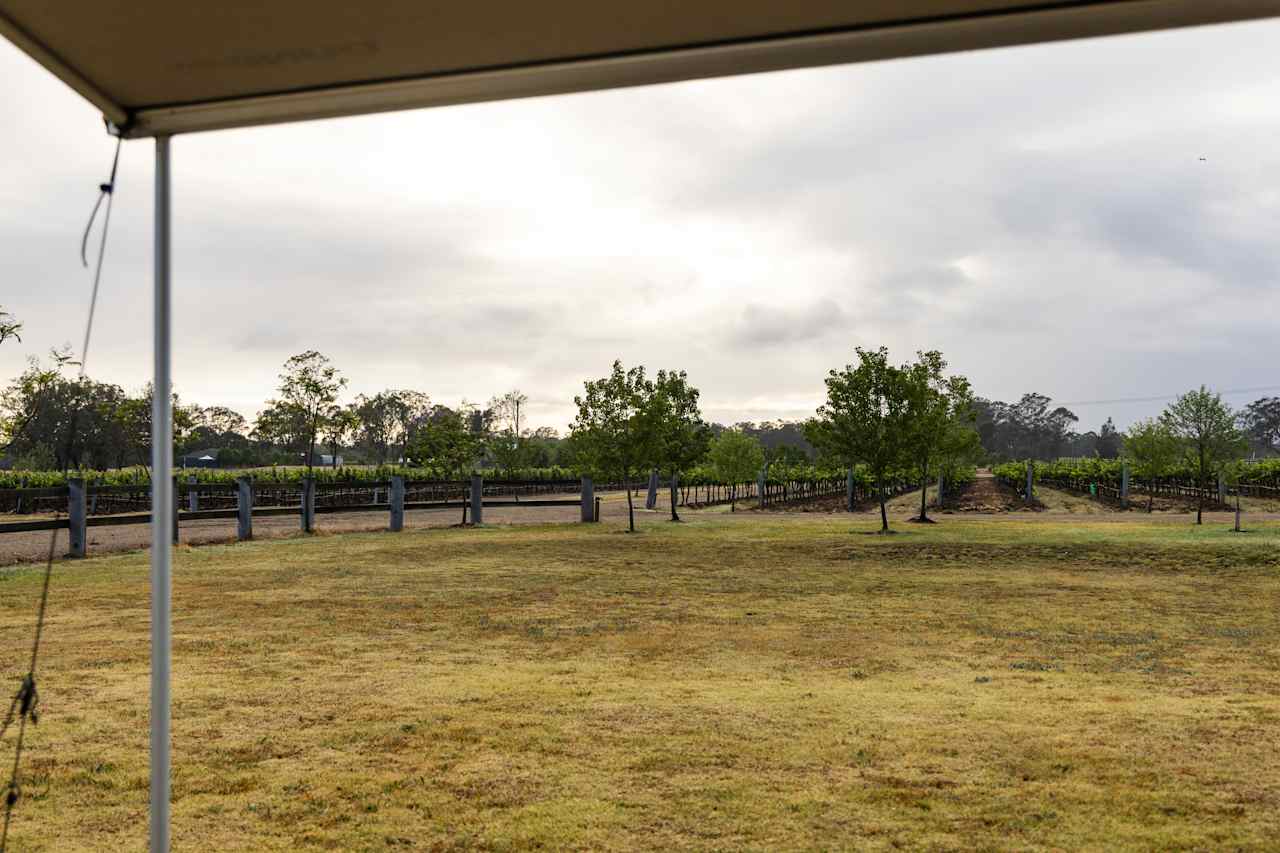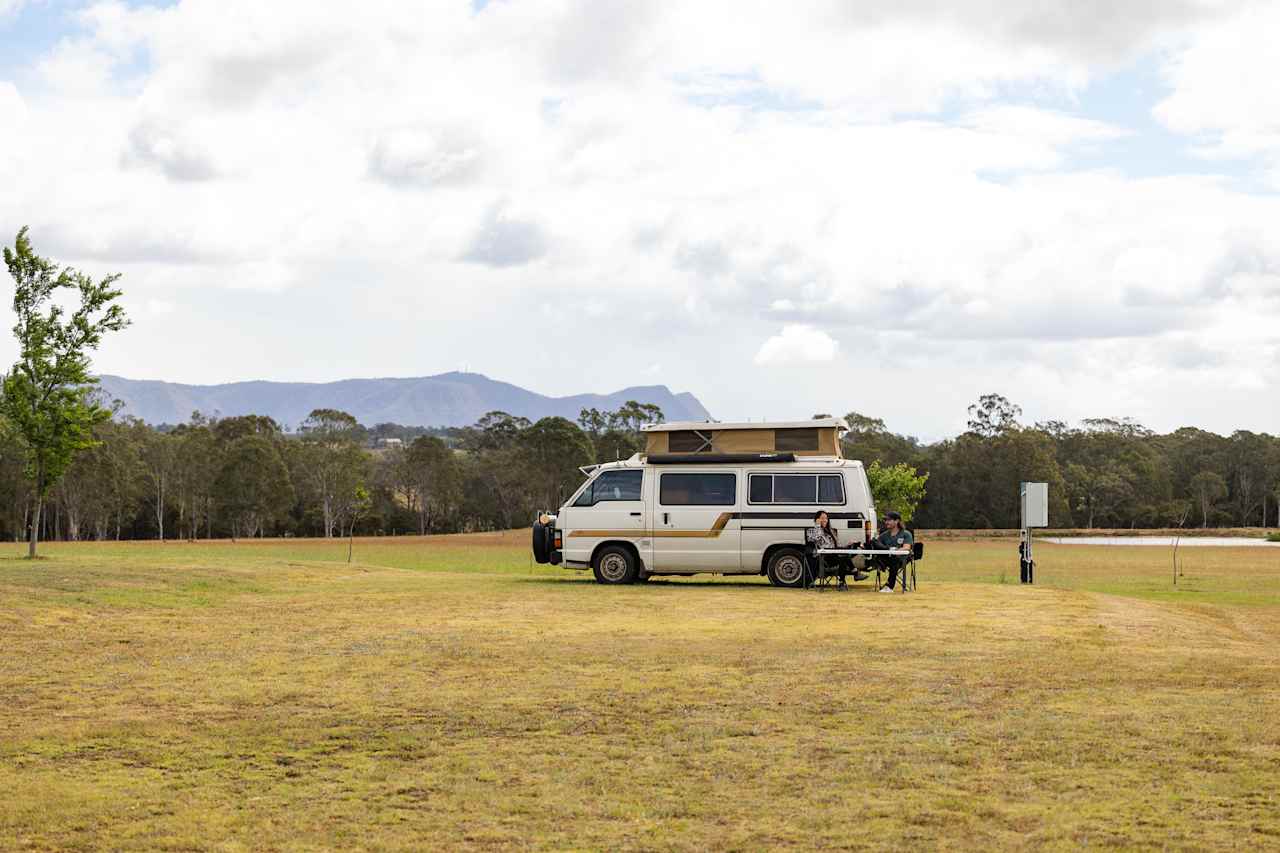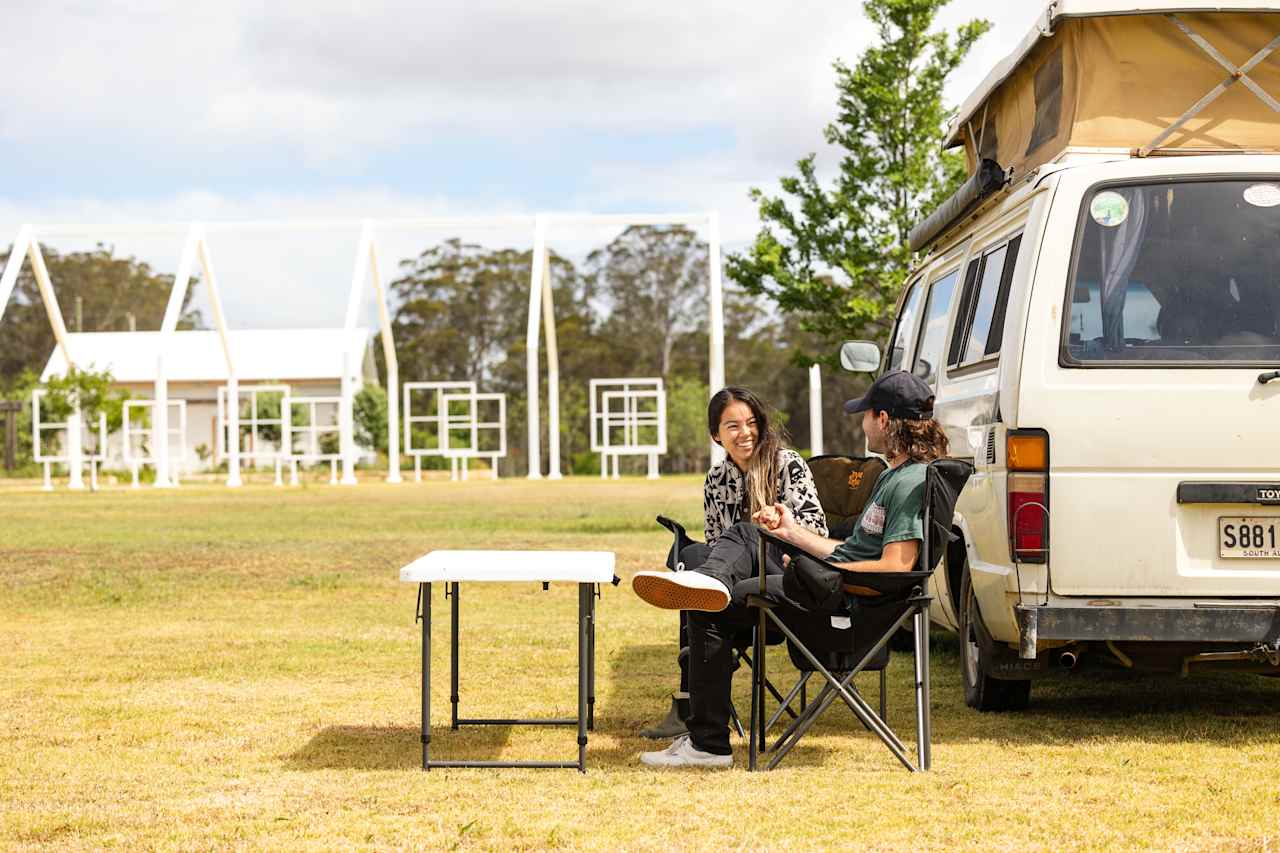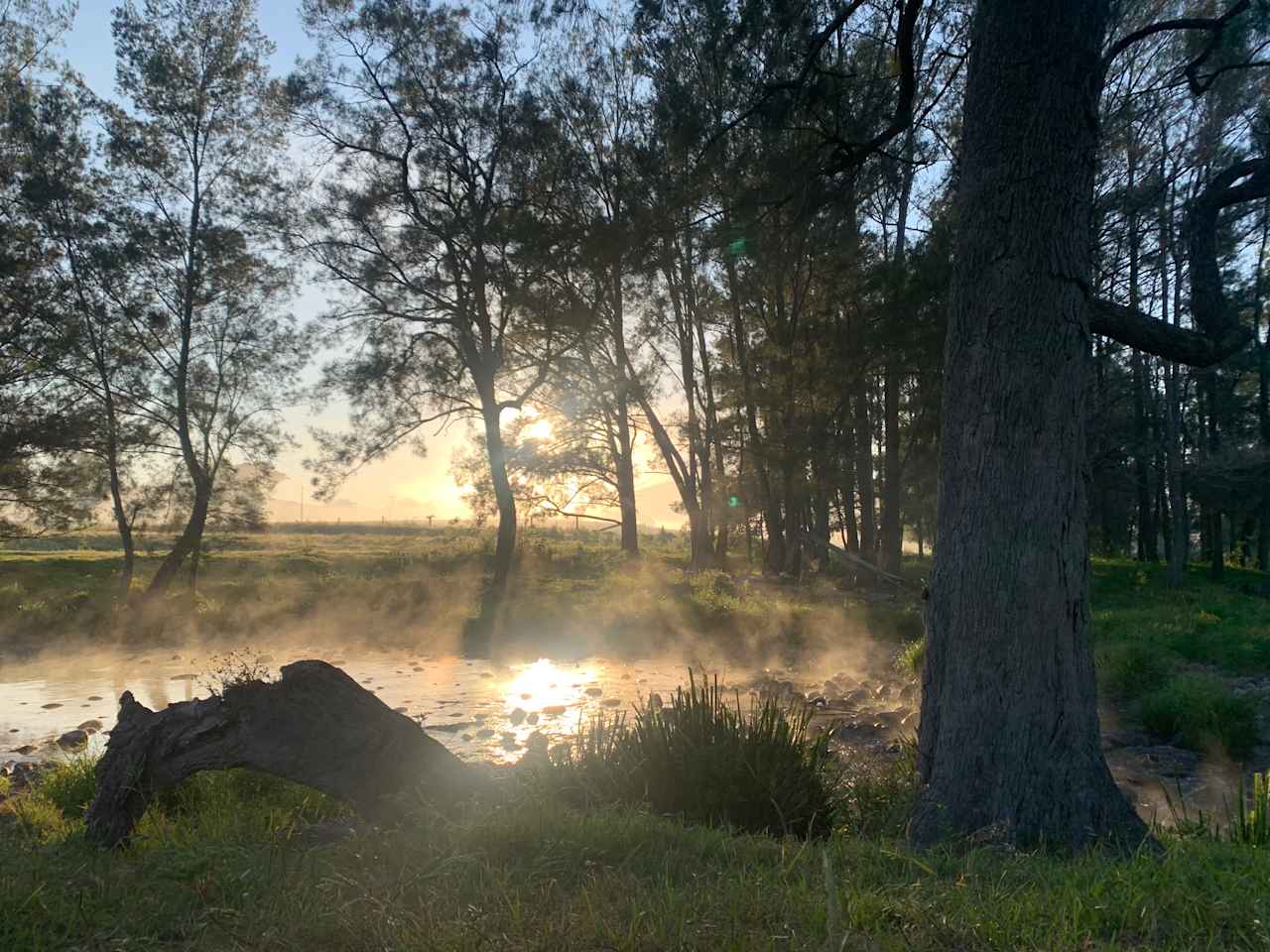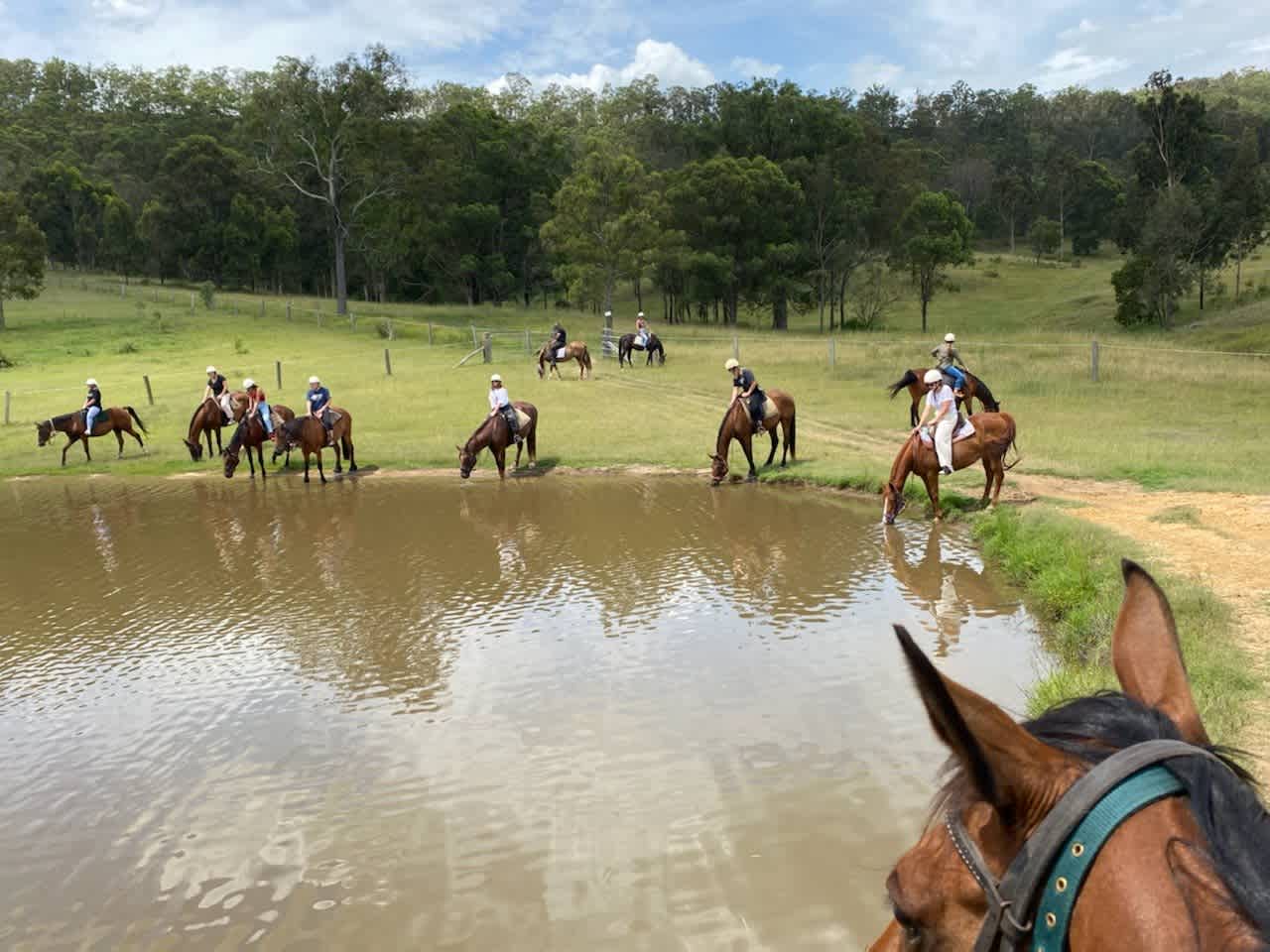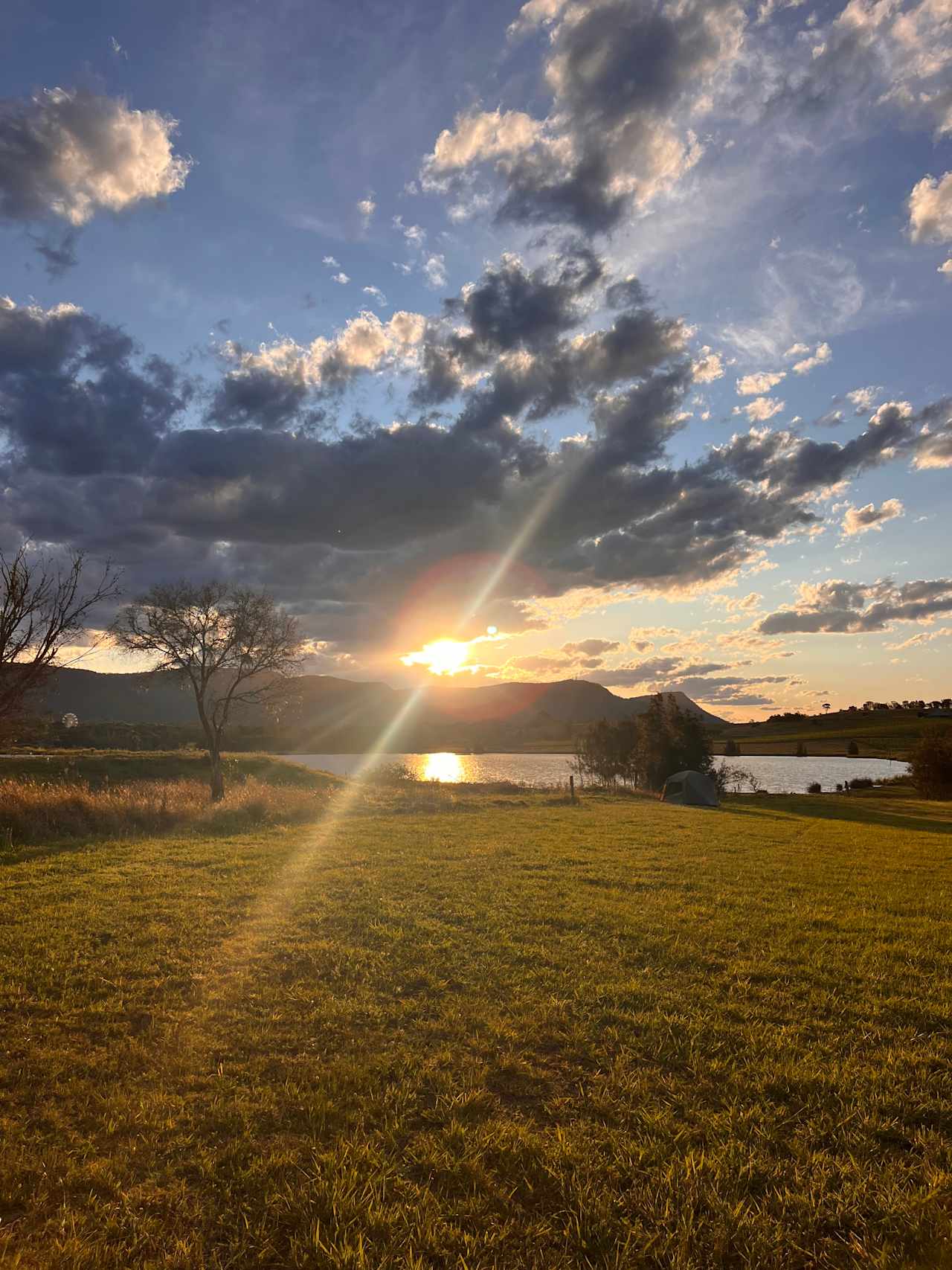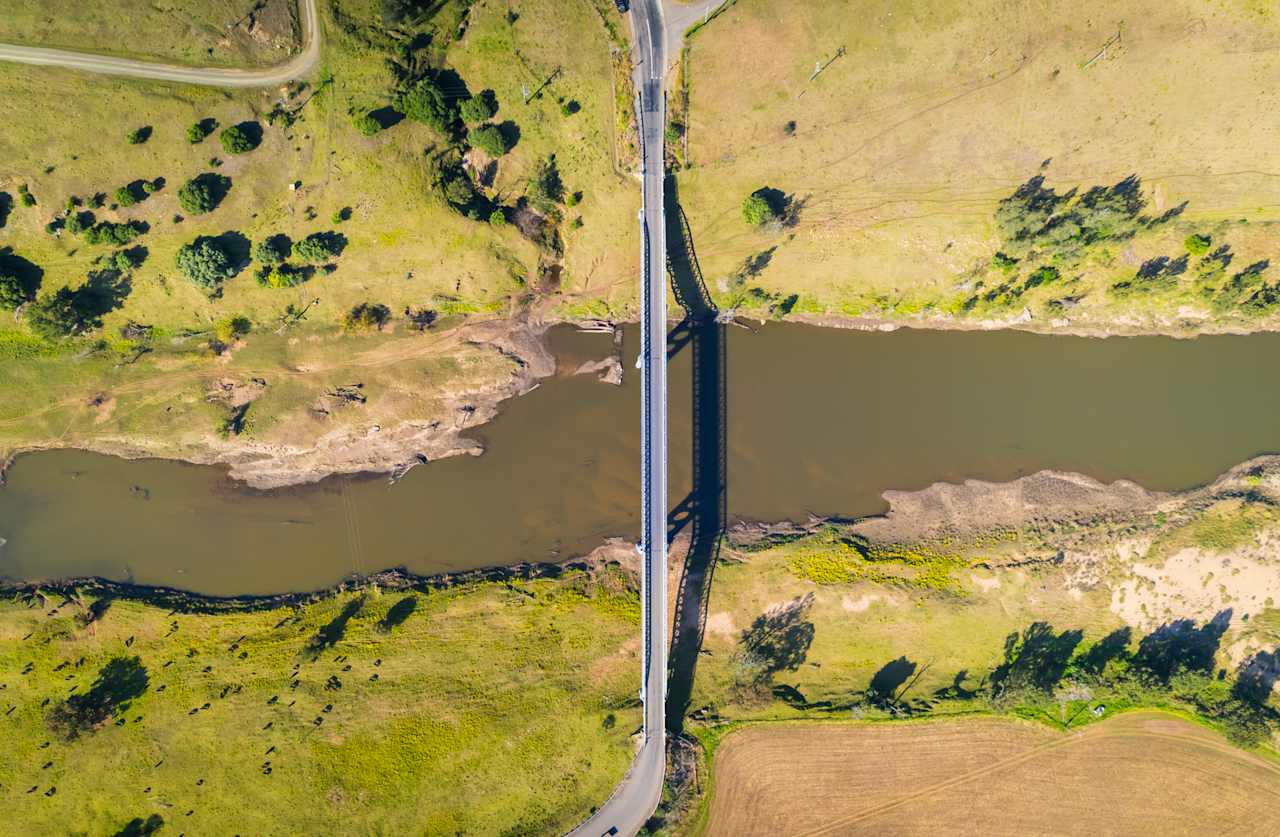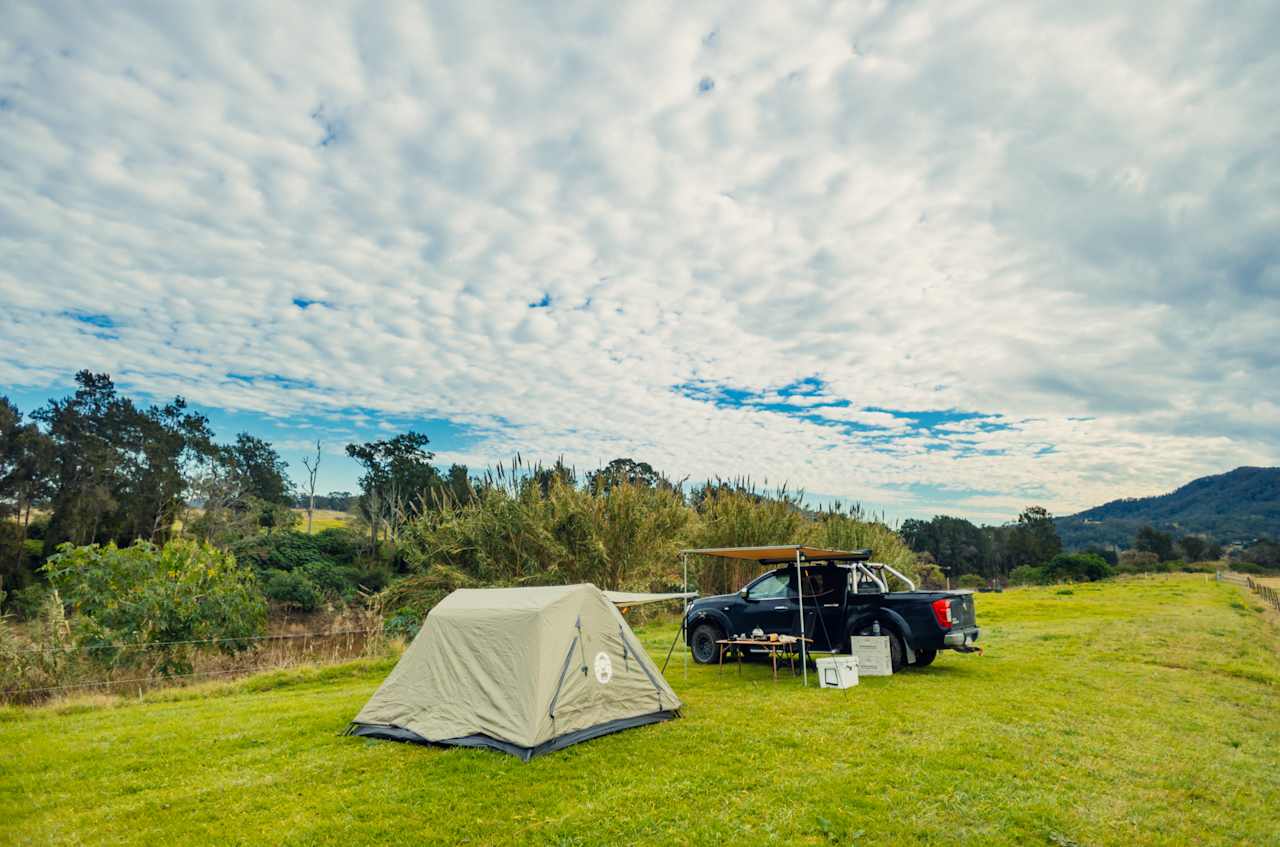Camping near Nelson Bay with horseback riding
Beautiful beaches, boating, and national park adventures abound in Port Stephens’ largest town.
- Nelson Bay
Popular camping styles for Nelson Bay
Available this weekend
Dog-friendly getaways
12 top campgrounds near Nelson Bay with horseback riding


Camping near Nelson Bay with horseback riding guide
Overview
On the southern shore of Port Stephens, a region known for its pristine beaches less than three hours’ north of Sydney, Nelson Bay makes a great base to explore the area. Encompassing Shoal Bay, Anna Bay, and Soldiers Point, here you can swim in crystal-clear water, go sandboarding down the largest dunes in the southern hemisphere, and go boating to swim with dolphins or try whale watching during winter.
Where to go
Port Stephens Great Lake Marine Park
Stretching from the northern end of Stockton Beach north to Cape Hawke Surf Life Saving Club near Forster, the Port Stephens Great Lake Marine Park boasts many species of dolphin, turtles, and fish. Book a cruise to go swimming with dolphins, or whale-watching during their annual migration from June to October.
Fingal Bay
Hike to the top of Barry Park Lookout to admire the view over Fingal Spit, which connects the mainland to Fingal Island. You can also go boating to the island and embark on a guided nature walk to visit an Aboriginal fish trap lagoon, Point Stephens Lighthouse, and the ruins of the caretaker’s cottage, learning about Fingal Bay's fascinating history.
Stockton Bight Sand Dunes
The largest moving sand dunes in the southern hemisphere at nearby Anna Bay, the Stockton Beach Sand Dunes stretch for more than 30 km and reach over 30 metres high. The Worimi National Park dunes offer fun opportunities for sandboarding, quad biking, horse riding, and 4WDing. You can also embark on a camel ride or go fishing on Stockton Beach, one of many area beaches.
Broughton Island
Walk among a breeding colony of wedge tailed shearwaters on Broughton Island in Myall Lakes National Park, only accessible by boat. During your day boating, you can also go swimming or snorkelling in secluded coves with a picnic lunch. It's definitely one of the highlights of the Port Stephens region.
When to go
The temperatures in Nelson Bay and Port Stephens are highest on average in January, at around 23°C. July is the coldest month, with temperatures averaging 13°C. The best time to see whales is from June to October, when they pass by on their annual migration, while dolphin swim tours usually run from the beginning of October until the end of April. September is the driest month, while June is the wettest.
Know before you go
- Nelson Bay is about 2.5 hours’ drive north of Sydney in NSW.
- The Woolworths supermarket in Nelson Bay is the best place to stock up on food and supplies.
- Redback Campers at Corlette and BCF Port Stephens at Taylors Beach are good spots for camping and outdoor gear, in addition to Tackle World Port Stephens.
